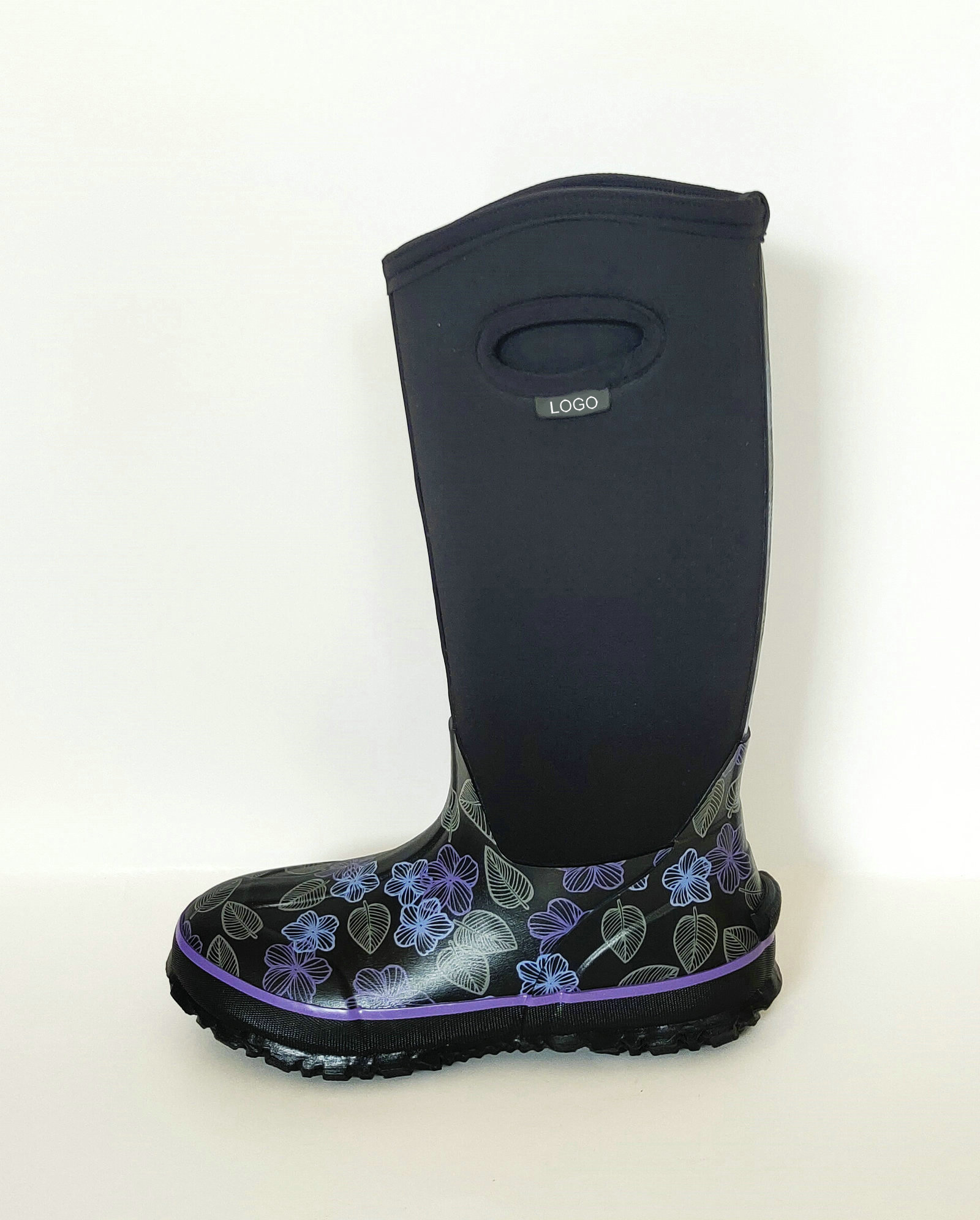Exploring the Advantages of Felt Sole Boots
When it comes to outdoor activities such as fishing, hiking, and traversing icy or slippery terrains, choosing the right footwear can make all the difference. One popular option that outdoor enthusiasts often turn to is felt sole boots. These specialized boots have gained traction (no pun intended) among adventurers and professionals alike, and for good reason.
Felt sole boots feature a unique design that integrates felt materials into the sole, offering both traction and insulation. The felt provides an exceptional grip on slippery surfaces, such as wet rocks or muddy trails, which are commonly encountered in various outdoor environments. This grip is crucial for safety, as slips and falls can lead to injuries, especially in rugged or remote areas.
One of the primary benefits of felt sole boots is their versatility. Unlike rubber soles that can become slick on certain surfaces, felt soles perform admirably in wet conditions. This makes them ideal for anglers who often find themselves wading through streams and rivers, where a stable footing is essential. In such scenarios, felt soles reduce the likelihood of losing balance and falling, allowing for a more enjoyable and productive fishing experience.
felt sole boots

In addition to their superior traction, felt sole boots also offer insulation. When walking through cold waters or snowy terrains, maintaining warmth is crucial. The felt material acts as a thermal barrier, keeping feet warmer compared to traditional rubber-soled boots. This feature is especially important in colder climates where exposure to frigid conditions can lead to frostbite or other cold-related ailments.
Moreover, felt sole boots are often designed to accommodate different types of weather and terrain. Many models come with removable liners, enabling users to adjust their insulation levels based on conditions. This adaptability enhances the overall comfort level, allowing for extended periods of wear without discomfort.
Despite their numerous advantages, potential buyers should also consider a few drawbacks associated with felt sole boots. One notable concern is the care and maintenance required. Felt soles can retain moisture and allow for the growth of bacteria and mold if not properly dried and cleaned after each use. Additionally, felt soles can wear down over time, especially with frequent use on rough terrain, necessitating more frequent replacements compared to rubber or synthetic alternatives.
In conclusion, felt sole boots stand out as an excellent choice for outdoor enthusiasts seeking reliable and versatile footwear. Their superior traction and insulation properties make them a favorite among anglers and hikers alike. However, consumers should be mindful of proper maintenance to ensure longevity and performance. With the right care, felt sole boots can provide the support, comfort, and safety needed to conquer the great outdoors, making every adventure a memorable one. So, whether you’re casting a line or hiking a challenging trail, investing in a quality pair of felt sole boots might just be the best decision you make for your next outdoor endeavor.
-
Stay Dry in Any Condition with WadersNewsJul.17,2025
-
Elite Performance with Camouflage Combat BootsNewsJul.17,2025
-
Dry and Comfortable with Green Rubber Garden ShoesNewsJul.17,2025
-
Convenient Protection with Foldable RainbootsNewsJul.17,2025
-
Comfort and Protection with Neoprene Work BootsNewsJul.17,2025
-
Brighten Rainy Days with Floral Rain BootsNewsJul.17,2025
-
Safety Wellies: The Ultimate Combination of Protection, Comfort, and VisibilityNewsJun.19,2025











